McEnroe Farm is a 1,200-acre organic farm in the Hudson Valley of New York state. Starting out life as a dairy farm in 1953, it transitioned to raise organic Angus and Hereford beef cattle in the 1990s adding vegetable and compost production operations in 2000, as well as poultry, pigs, and sheep raising. It has been certified organic for 25 years.
I met Erich McEnroe during a tour of Dutchess County and caught up with him a few weeks later to find out more about the challenges the farm faces and how it views new technology.
What are the main challenges you face at each stage of the growing season?
Organic farming has its own challenges compared to conventional farming, but some of our biggest are around insects, fungus, weeds, and pests in general.
At harvest time, and all the time for that matter, getting qualified labor to do the work is a challenge. We do an internship process and also have some temporary labor that are family members of other employees who can sometimes step in and help out during busy seasons. We get whoever we can throughout the neighborhood. The problem is that qualified people want more money each year, while what we can sell our product for stays the same.
Fifteen years ago, we were getting $36 for a case of organic lettuce; today it’s still $36, but we’re paying our most qualified workers close to $20 an hour compared to between $6 and $10 an hour 15 years ago.
Why has the price of organic food not increased? Is it because organic acreage has increased in general?
Yes, there is more organic acreage, but also Americans are used to cheap food. With new technology, yields have also gone up in conventional but also in organic farming with new, better seeds and fertilizers, so that keeps prices low too.
Are there any technologies that could alleviate challenges you have on the farm?
Yes, there are, but we are not at a scale that could afford them. When I look at a cultivator that can take weeds out of the field, it costs $130k — so I’ve gotta sell a lot of cases of lettuce at $36 to pay for that! In the Northeast, we can’t scale up like our Californian competitors can.
Have you come across any equipment sharing platforms that might help you get your hands on new equipment?
We use a custom service to combine our corn; he does five to six farms in the area. He’s doing ours first this year because he did us late last year. What happens is that everyone else wants that service at the same time as each other, and then you can get a hail storm or other weather event, which really makes it better to have your own equipment; there are only so many days to make hay in the middle of the summer.
So what’s the solution?
Well, just because we can’t afford the $130k equipment, we can afford the $10k cultivator which does a pretty good job, and we upgrade as we can. But we’re competing against people who can afford them. So we’re now being careful to collect data about the performance of our different crops and double down where we make money.
Where are you doubling down?
Compost production and organic soils. They represent 50% of our revenues.
Are you considering adopting any new technology in your greenhouses, such as sensors and monitoring tools?
We are looking at re-doing our greenhouses in the next year or so. A controlled environment is good for organics and is where we grow some of the crops that make good money. We are looking at all the new tech from the last 20 years and we already have some monitoring tech.
What tools do you use to combat pests and weeds?
We try to do preventative maintenance. We use biological products and beneficial bugs to combat other ones in the greenhouses. There’s also some cover crops we can use to keep other bugs away, as well as traps and organic insecticides, but they’re not nearly as strong as conventional ones.
We’ve done a bit with microbial products but it’s always challenging as it’s ever-changing. I would worry about the efficacy and want to do a long trial before deploying at scale.
What impacts your decision to adopt/try a new tech? Is it peer recommendations, agronomist advice, field trials, or the quality of the salesperson?
It’s a little bit of each. I’m always researching new stuff, reading articles and always have my eyes open for new tech. I would say all the above.
You mentioned when we met that Amazon’s acquisition of Whole Foods has the potential to negatively impact your operations and ability to sell produce at a realistic price — can you elaborate?
The first thing Amazon did was lower the price of everything by 40% or 50%. So it’s going to put more pressure on farmers to lower their prices. Having Amazon as a mother company means it can subsidize Whole Foods to get a bigger market share, even if they lose money; they don’t care. We can’t compete with lettuce at $0.99 a head.
Do you engage with any online farmers markets like FreshDirect or Local Bushel?
No. We sell primarily through our own store and some to wholesale accounts. This is still an efficient process that works for us.
Photo: McEnroe Farm

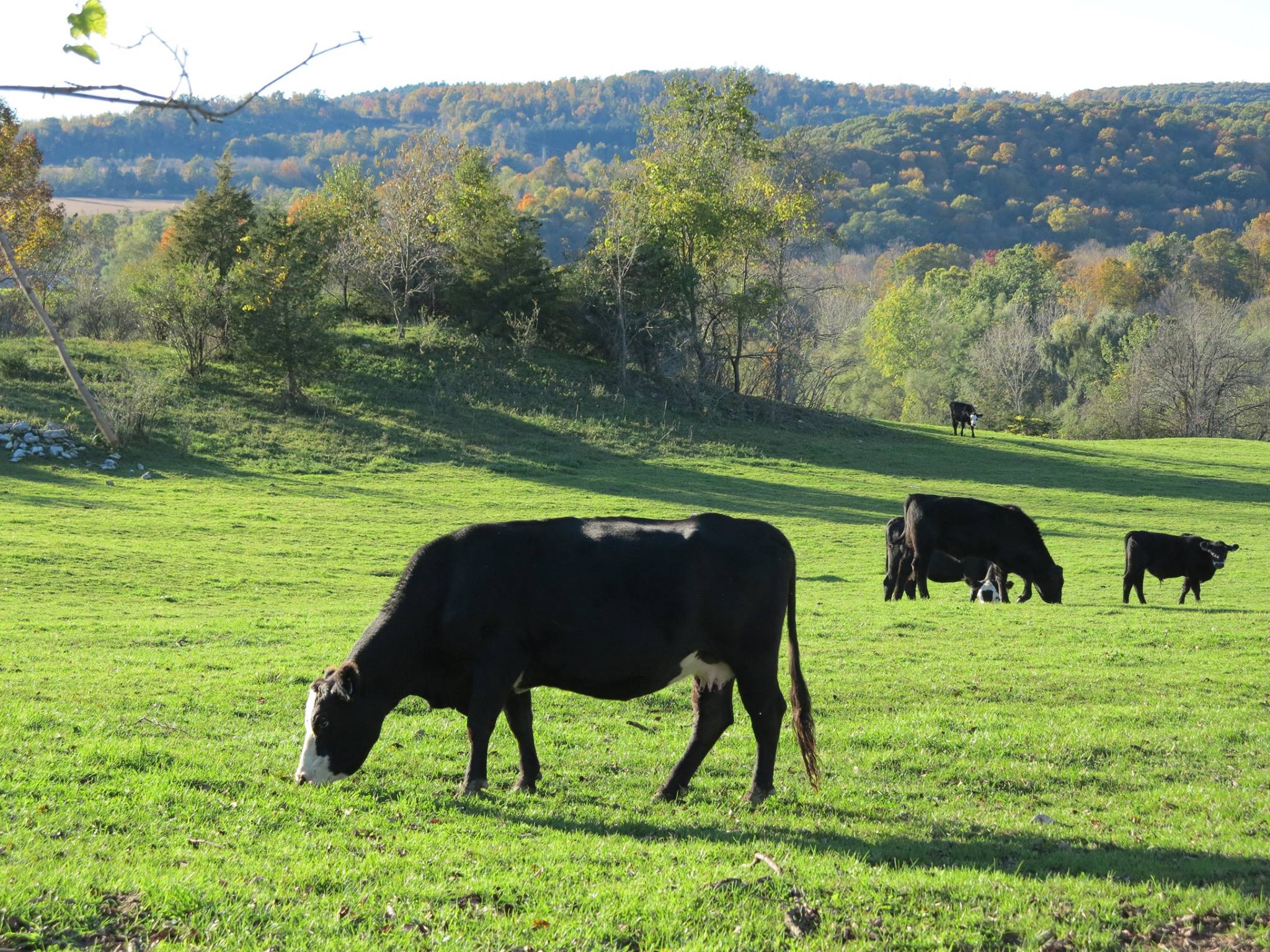
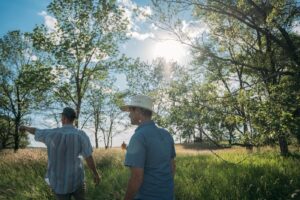
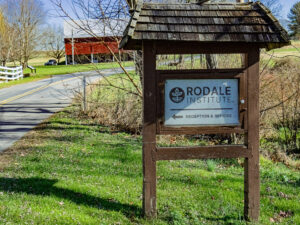
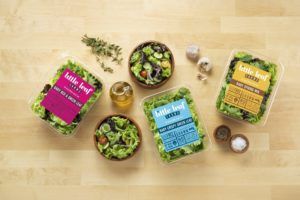




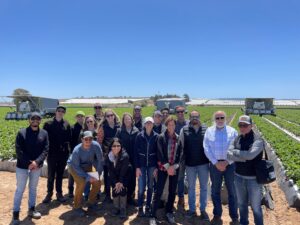







Innovating the ‘picks and shovels’ of the greenhouse: Why AgFunder invested in robotics startup Neatleaf